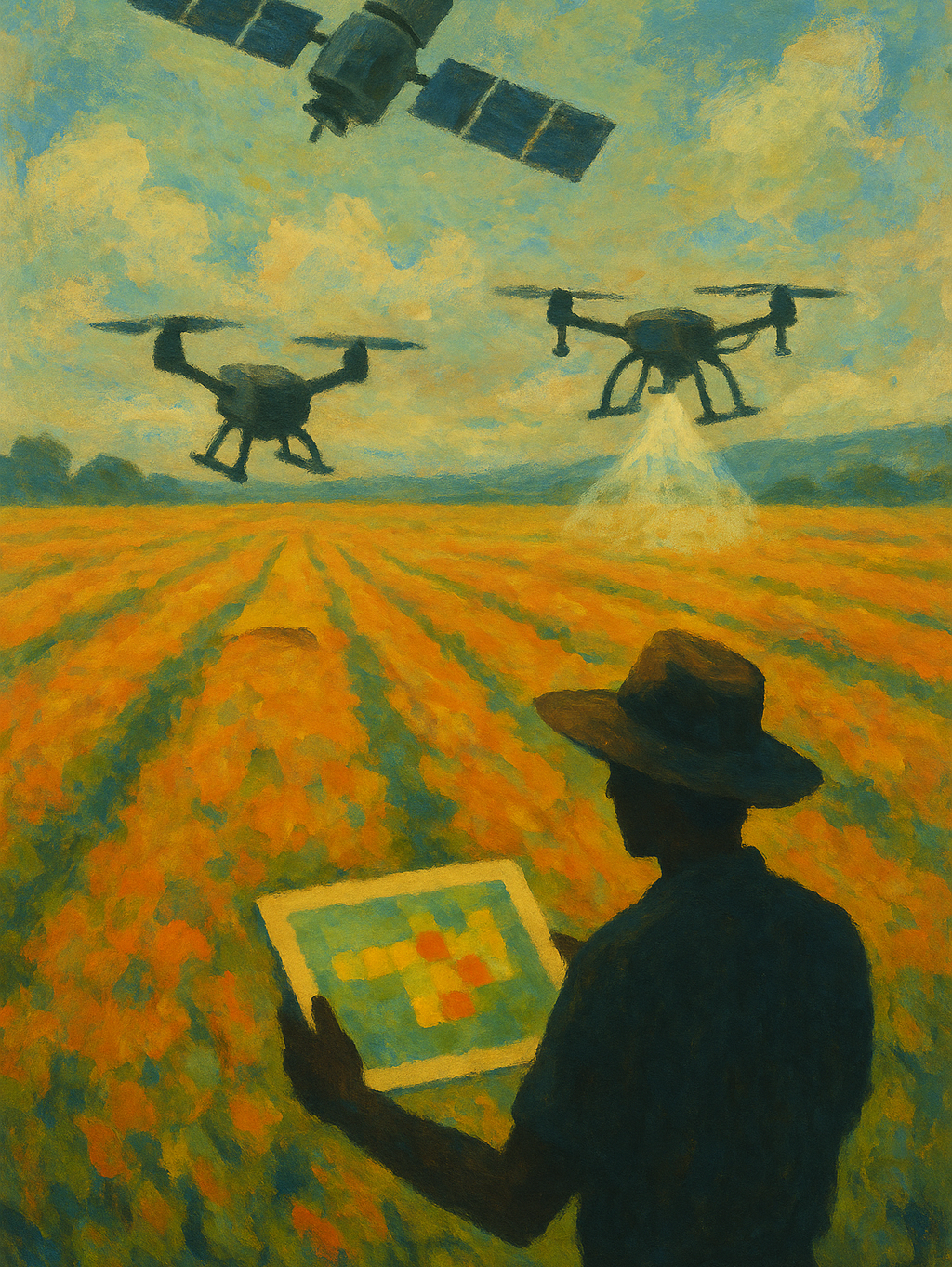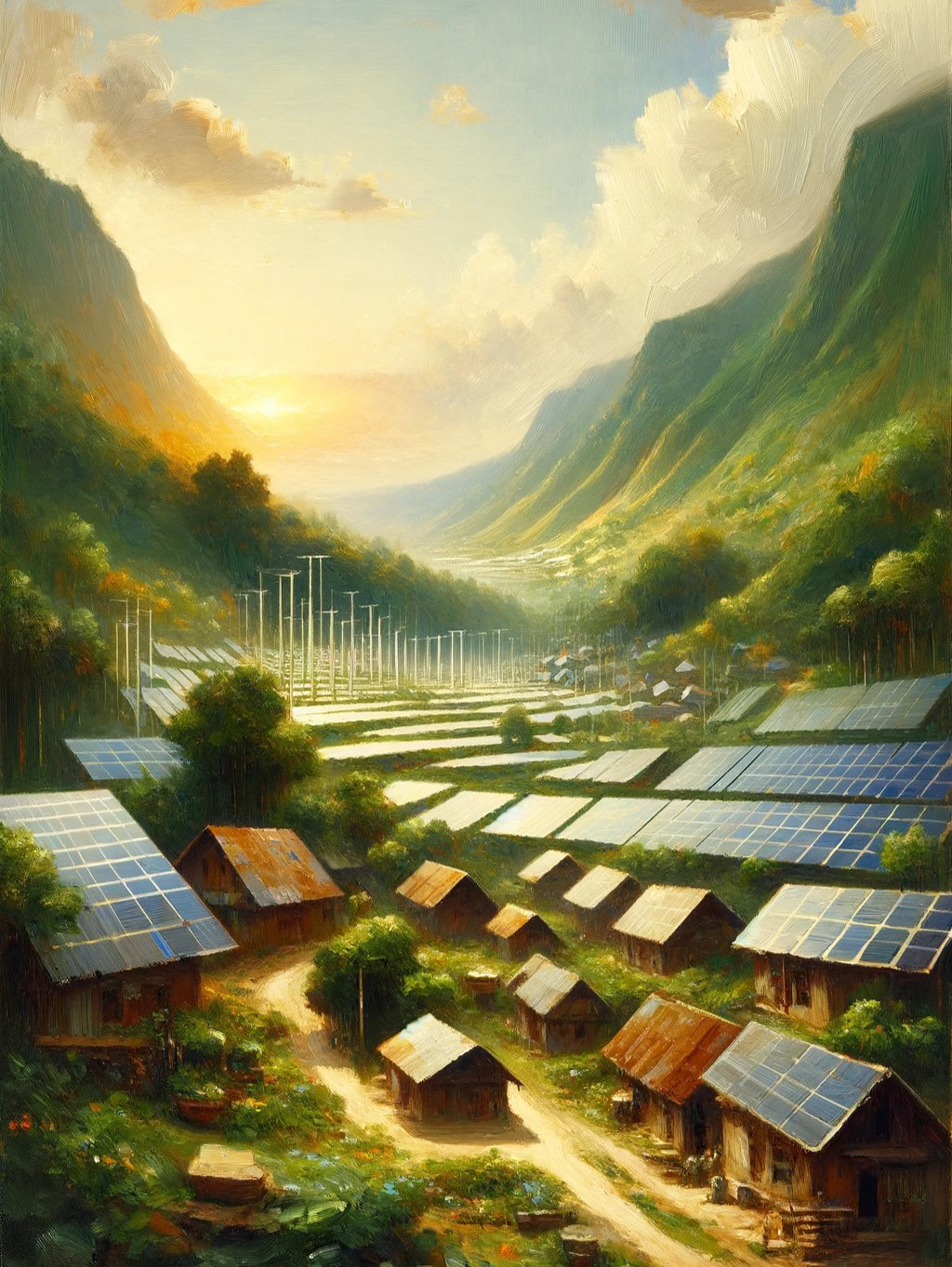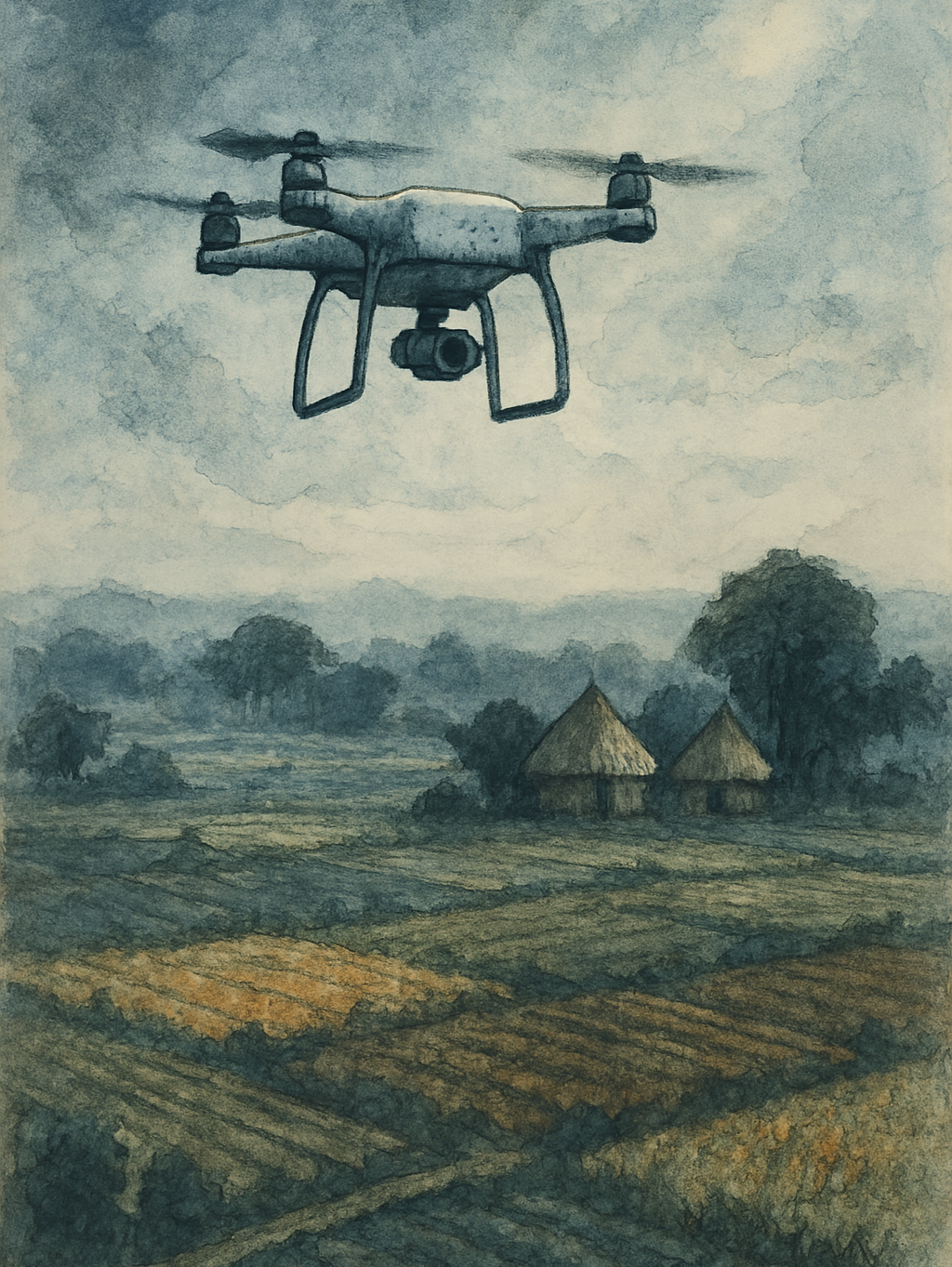📌 TL;DR Summary
The Architecture of Fragility explores how infrastructure, often seen as neutral or invisible, is in fact deeply political and central to both conflict and resilience in fragile states. From Gaza to Baghdad, infrastructure isn’t just a backdrop to war; it is the battleground. The paper traces how roads, electricity, water, and housing systems are used to control populations, wage modern siege warfare, and either entrench collapse or seed recovery. Ultimately, the piece challenges us to rethink power not just in terms of politics or violence, but in pipes, wires, and blueprints.
🔑 Key Components and Findings
Infrastructure as Weapon & Target
Modern warfare increasingly disables cities by attacking water plants, power grids, and roads — turning everyday systems into instruments of siege.
Modern warfare increasingly disables cities by attacking water plants, power grids, and roads — turning everyday systems into instruments of siege.
Case Studies
Gaza: Power plants and water systems are frequent targets, transforming basic needs into tools of control.
Iraq & Syria: Decades of war have reduced urban infrastructure to ruins, fueling long-term instability.
Phoenix, AZ: Even "stable" cities reveal fragility under environmental stress and brittle, centralized infrastructure.
Invisibility of Infrastructure
Systems are often only noticed when they fail, yet they are foundational to peace, governance, and daily survival.
Resilience vs. Fragility
The design of infrastructure can either create feedback loops of failure or resilience. Decentralized, redundant systems perform better under crisis.
Politics of Repair
Infrastructure isn’t just about building — it’s about who gets to rebuild, who gets access, and how reconstruction shapes power.
Designing for Peace
Examples from post-war Bosnia, Medellín, and even Rotterdam show how urban planning can proactively reduce violence and promote equity.
🚀 The TVS Edge
What makes this research uniquely TVS is its focus on the non-obvious battlefield. While others zoom in on political ideologies or military strategies, this paper pulls back and shows us the anatomy of collapse — through roads, water pipes, and power lines. It’s a systems-level look at power, conflict, and survival.
Our insight? Infrastructure isn’t just the first thing to fall — it’s often the most intentional target. And the inverse is just as true: when you build resilient infrastructure, you're not just building cities — you're building peace.
TVS is one of the few platforms drawing direct lines from urban design to geopolitical stability, revealing that the future of conflict may be won or lost not in parliaments or war rooms, but in blueprints and maintenance schedules.









